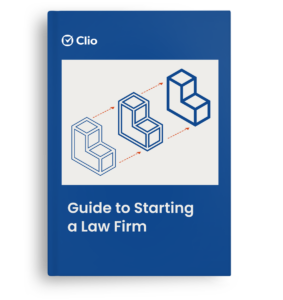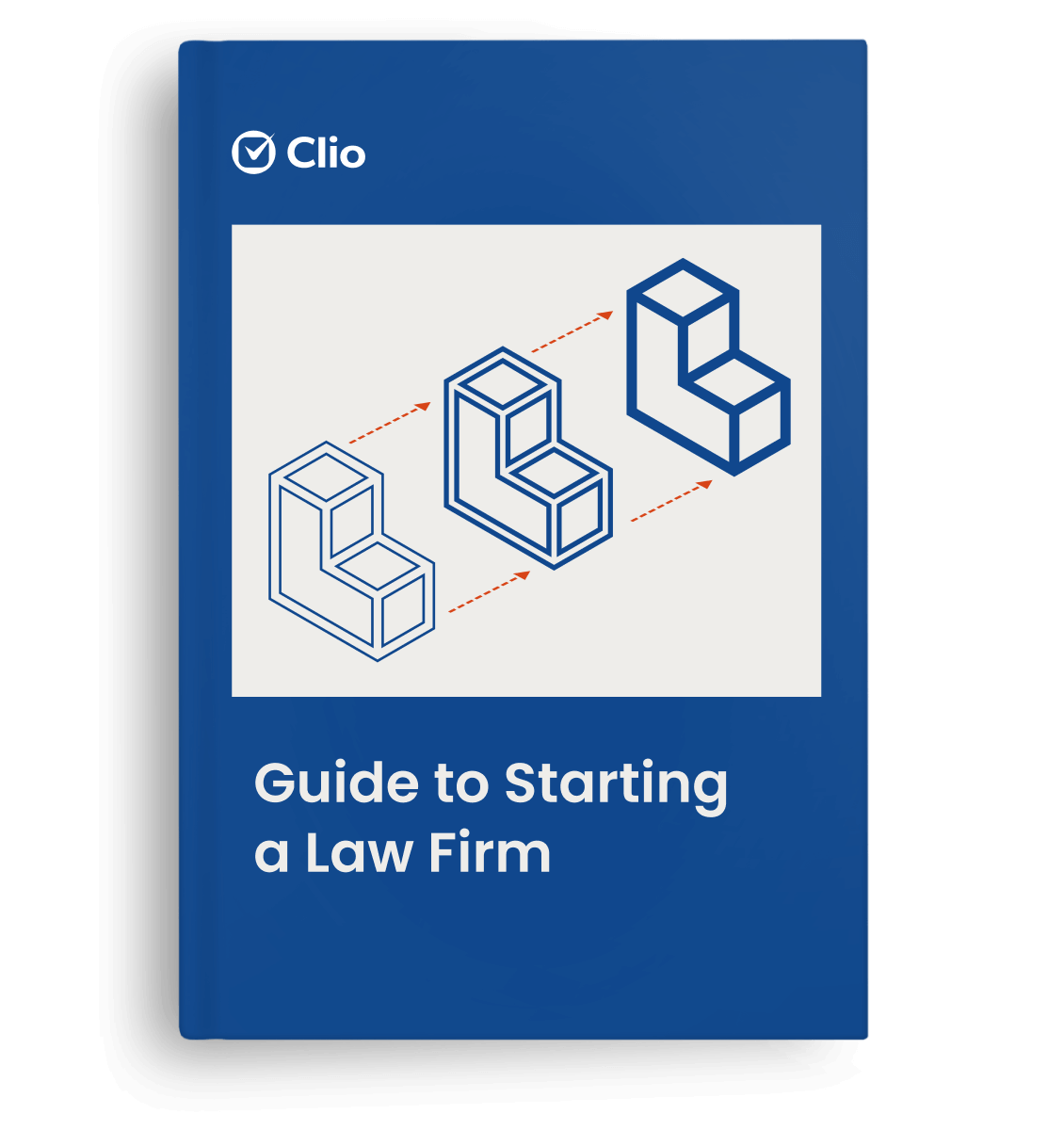You have taken a great deal of time and care to sift through resumes and LinkedIn profiles to find the right candidates to interview. But without the right hiring process that’s implemented consistently, it’s challenging to accurately compare candidates and hire effectively.
It’s important to have your hiring process established before you start interviewing. This will help ensure that you learn the right information about each candidate and that you’re consistent across all prospects. To do this, make sure you know what you’re looking for at each stage of the interviewing process—from your initial phone call, to your own in-person interview and interviews with other team members.
Make sure you also know how and where your information will be shared among existing staff.
For larger firms, this is something to work through with your hiring manager and recruiting department. For smaller firms, process is even more important, as the onus is on you to keep everyone aligned.
1. Tailor interview assessments to the role
It’s worth noting that the hiring process is typically different for junior and senior employees. Both come with different expectations, so you need to ask different questions for each type of interview.
With junior employees, you are searching for potential and culture fit, which means you need to understand their raw skills and personality to assess how they would fit into the broader team environment and company culture.
The best types of questions to ask during an interview will give you a sense of how prospective lawyers approach and resolve different scenarios. Ask a question like, “Can you tell me about an experience where you hit a roadblock or missed a deadline?” This type of question invites the candidate to talk about how they solve problems and learn from their experiences, which tend to be key in predicting future job success. Here are some examples of small law firm interview questions.
It’s also a good idea to push candidates into exploring difficult scenarios they might not be prepared to discuss, ones that ideally relate directly to problems they would encounter at your firm. As you listen to their response, you’ll get a much better picture of how they would perform if they were really working for you.
With senior executives, you need to drill deeply into prior experience, management skills, real-life scenarios, and problem-solving abilities first. Personality and culture fit are important here too, but they come after an assessment of whether the candidate can actually perform senior-level job requirements. Ask them to put together a five-to-ten-minute presentation on what they would do in their first 30, 60, and 90 days on the job to ensure that they are successful.
2. Go beyond a basic reference check
Once you’ve made a few hires, you’ll start to develop your own hiring instinct.
It’s easy to want to see the best in people, especially when they’re putting their best foot forward in an interview. But pay close attention throughout. If there are any concerns that pop up throughout the course of the interview process, make note of them and discuss them with the rest of the interview team.
Assume that any flaws or concerns will be ten times worse once the candidate joins your team. Can you live with that? If not, do not hire them. It’s much better to have a false negative (you don’t hire someone who is great) than a false positive (you hire someone you think is great, but is not).
If you have candidates with red flags in their work history—or more importantly in their personality or cultural fit—it’s best to simply pass on them rather than make a decision you’ll end up regretting. Learn to trust your gut.
You may like these posts
3. Also, always check references before extending an offer
If any red flags come up during the interview process, specifically address them with the references. For example, if someone is late for an interview and this is something that would be a problem for you or your clients, ask their references to weigh in on the issue. For example, you might bring up something like, “Betty showed up late to an interview and punctuality is really important at our firm. You’ve worked with her in the past; is this something that happens frequently or was this out of character?”
In general, it is also a good idea to do “backchannel references.” These are references that the candidate did not specifically disclose as references, but that you believe may have useful insight on the candidate. An easy way to do this is to call a former manager of the candidate who was not listed as a reference. Alternatively, you can call one of their peers at a former employer or anyone who is a shared LinkedIn connection. Often these references provide unfiltered insight into the candidate that carefully chosen references will not share.
4. Follow through with effective onboarding
Once the perfect candidate has accepted your offer, you still have more work to do. For a new hire, the first few weeks are often critical. It is important to have a clear and comprehensive onboarding process to give the candidate the best chance of success.
Onboarding should involve several members of the team and incorporate some or all of the following components:
- Company overview: Who are we and what makes us different?
- Technology tools: onboarding and training for each product
- Review of HR policies and procedures
- Job-specific overview and training
- Shadowing colleagues in the same or similar roles (we recommend a half-day for each)
- One-on-one meetings with the department manager and everyone on the team who the candidate will be working with directly; keep it informal to develop relationships with the new hire and encourage him or her to ask lots of questions
- Mini projects to help solidify retention of topics covered (e.g., make your first entry into our time-tracking system, or draft a one-page summary of what you learned from shadowing your peers)
Ideally, the onboarding process should take approximately two to four weeks, with no actual work being done until the onboarding is complete. While it’s tempting to immediately assign work to new hires, have patience; it will pay off.
A new employee’s first impression of the company matters. It sets the tone for their tenure at your firm and will have a lasting impact. Of course, proper onboarding can be time-consuming, especially for hiring managers who need to be actively involved. However, you should view an investment in a new hire as an investment in your business.
A good onboarding process will help new employees ramp up quickly and build enthusiasm for the company and their new role, giving everyone at your firm the best chance of maximizing the positive impact of every new hire.
Having the right procedures in place is key to setting your team up for success. But often, your first step should be to examine just exactly what you’re looking for. Download Hire for Success: 5 Secrets to Growing Your Law Firm, a free guide that will help you assess your strategies for finding and hiring exceptional candidates.
About Jules Miller
Jules is an investor, three-time entrepreneur, ‘intrapreneur,’ and hands-on operations expert. She is co-founder of Evolve Law, a community of entrepreneurs, law firms, in-house lawyers and legal services companies dedicated to accelerating the adoption of technology and innovation in the legal industry. She is also a Venture Partner at LunaCap Ventures, an early stage venture debt fund that focuses on Veteran, women and minority founders, and interim COO of Brava Investments, a holding company investing in companies that economically benefit women. Jules was previously co-founder and COO of Hire an Esquire, a B2B labor marketplace providing an on-demand workforce of attorneys to law firms and in-house legal departments. She also spent seven years as an ‘intraprenuer’ helping companies including Ernst & Young, Salesforce.com and Tiffany & Co. to launch and grow new business units. She earned her BA from UCLA and her MSc from The London School of Economics.
We published this blog post in January 2017. Last updated: .
Categorized in: Business









